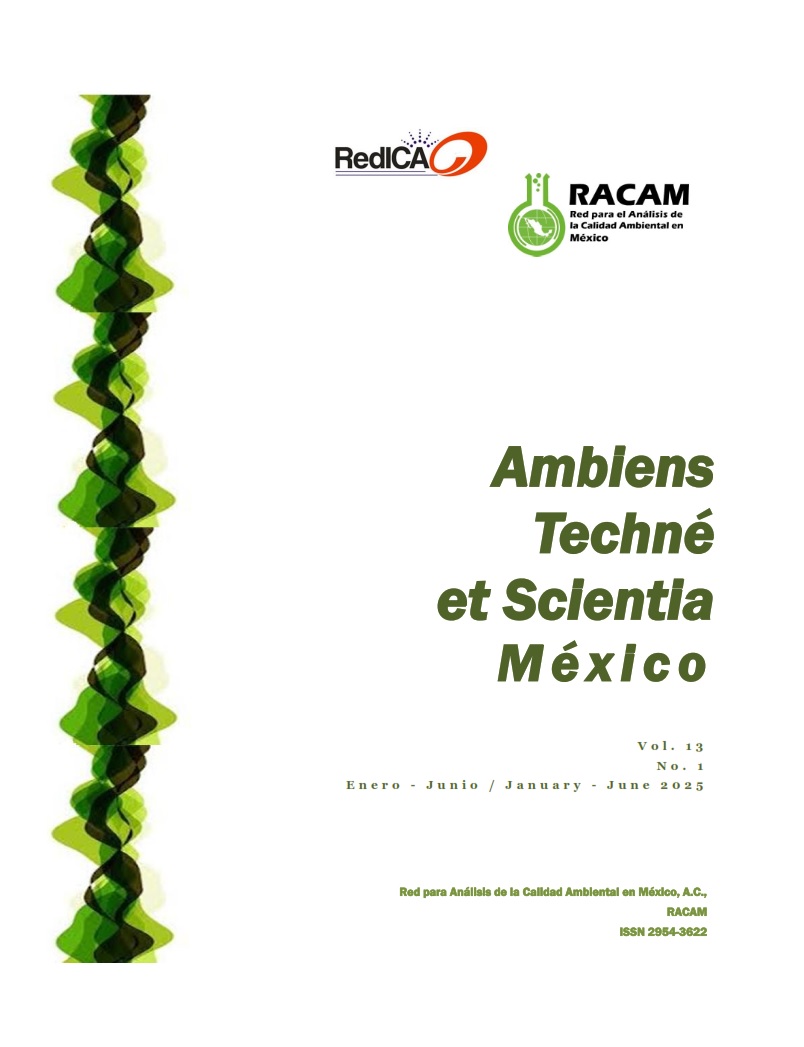Chitosan-calcite derived from shrimp waste as a green and ecological alternative for solid phase extraction of organic contaminants in water
Keywords:
Green adsorbent, emerging contaminants, sample preparation, chitosanAbstract
This research presents a proposal to use chitosan from the deacetylation of chitin present in shrimp waste, as a green and ecological adsorbent for the solid phase extraction of organic contaminants in water. The chitosan and calcium carbonate composite adsorbent was obtained from brown shrimp (Farfantepenaeus aztecus) waste that was induced to biomineralize CaCO3 using a saturated solution of CaCl2 in methanol and water as a source of Ca2+ ions, solvent MAC-141[1] ®©. The characterization by FT-IR, XRD, TGA, and SEM showed that the adsorbent contains calcium carbonate in the form of calcite, pores on the surface, thermal stability and NH2, OH and NHCOCH3 groups in its structure. Its application as an adsorbent in SPE to extract contaminants in water was evaluated using three triazine herbicides as models of organic contaminants (terbuthylazine, metribuzin and prometrin). The results of the SPE application showed that the obtained chitosan-calcite behaves as a normal phase in its separation mechanism and saturation with NaCl is necessary for its application when the matrix is aqueous. Compared with commercial phases, such as C18 and Oasis-HLB, the recovery efficiency percentages indicated that chitosan-calcite can be applied in SPE of low and medium polarity organic contaminants by modifying the aqueous matrix.
[1] At the end of the articles there is a glossary with the meaning of the acronyms
Downloads
Downloads
Published
Issue
Section
License
Copyright (c) 2025 Ambiens Techné et Scientia México

This work is licensed under a Creative Commons Attribution-NonCommercial 4.0 International License.



